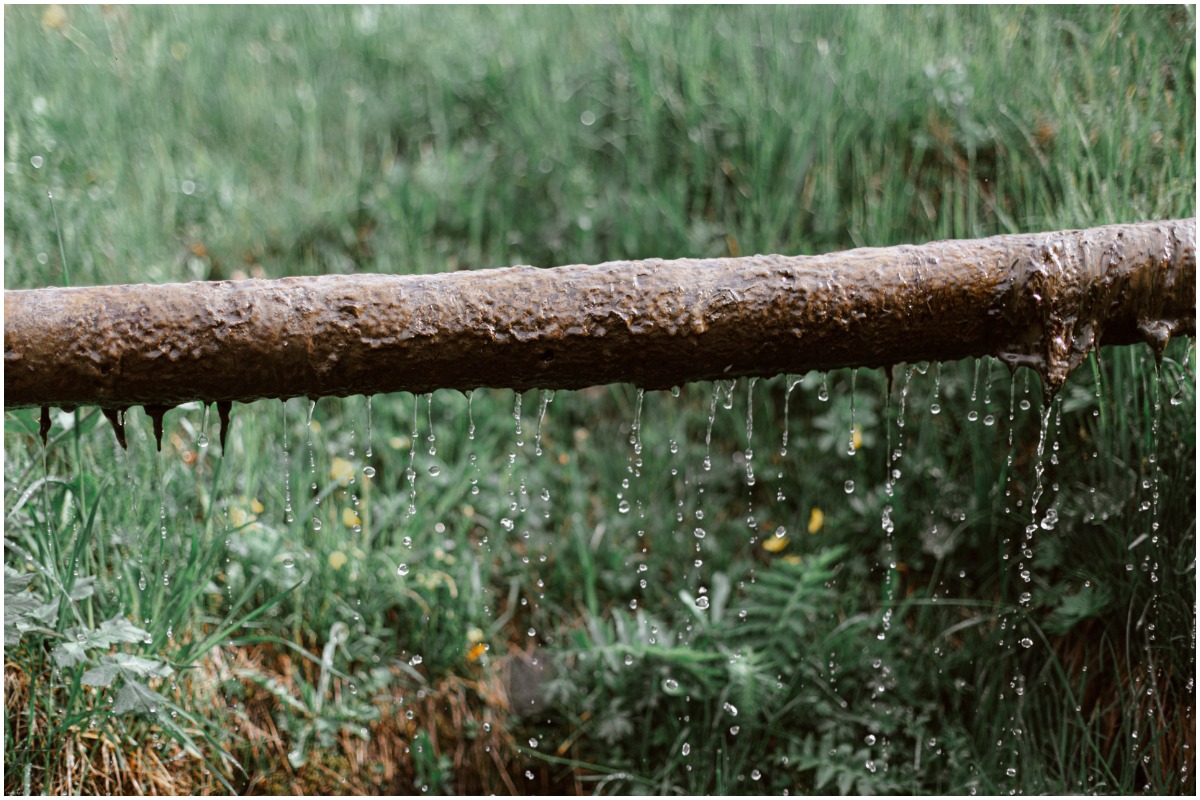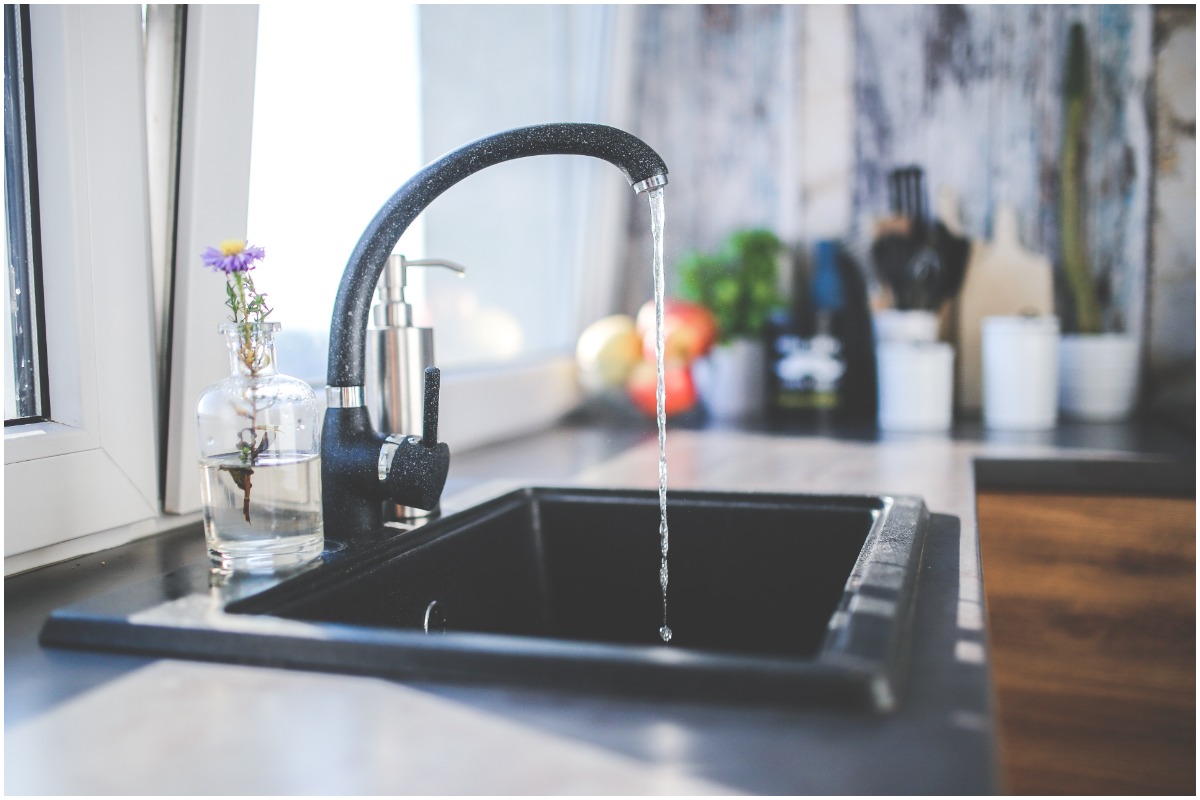Why a Sewer Scope Inspection is Essential for Homebuyers
A standard home inspection provides valuable insights on the current condition of a home – but it can’t always tell the whole story. If you’re planning on buying a home, especially one built over 20 years ago, you should consider investing in a sewer scope inspection. A sewer scope inspection will reveal any issues in a home’s sewage system – problems that could cost you thousands if left untreated. From warning signs to maintenance tips, this article will break down everything you need to know about a sewer inspection. Let’s get started.

What is a sewer scope inspection?
A sewer scope inspection gives you an inside look into a home’s sewer lines. A professional home or sewer inspector will perform the inspection. They start by inserting a plumbing camera attached to a long, flexible cable into the home’s drainpipe. The scoping camera streams video to a monitor allowing the inspector to look for any blockages, broken pipes, or other serious problems with the sewage system.
Why is a sewer inspection important?
As with any other home inspection, a sewer scope inspection allows you to get a better idea of a house’s overall condition. Without a sewer inspection, you may be buying a home with a faulty sewer system. This can lead to costly and even dangerous problems for the house and the people living inside. A broken or damaged sewer system can cause a home to have:
Structural risks
- Flooding in the home or backyard
- Shifting or cracking in the home’s foundation
- Mold growth
Health risks
- Rodents, flies, roaches, or parasites can enter damaged pipes and invade the home
- Mold spores
- Harmful gasses like carbon dioxide, methane, chlorine, nitrous oxide, hydrogen sulfide, and sulfur dioxide can seep into the house
- Water from a broken sewage pipe can contain bacteria like E-coli, typhoid fever, salmonella, and cholera, and viruses like hepatitis A
Expensive repairs
The cost of an inspection is negligible compared to the cost to repair a broken sewer line. Simply repairing a broken sewer pipe can cost up to $300 per foot, and the average cost of replacing sewer drains can range from $2,500 to $30,000 or more. If the damage is severe enough to cause flooding, foundation issues, or mold growth, then you could be paying thousands of dollars in repairs.
Don’t pass on a sewer inspection just because the home’s plumbing is currently working fine, advises Peerless Plumbing Company. “Everything above ground may be perfect, but you may have a disaster waiting under your home. A sewer scope is the easiest, least expensive way to determine how your sewer lines will perform once you move in. Don’t let a sewer backup be your first warning that something is wrong.”
Lack of access to plumbing
Functional plumbing is essential to a household. If a sewage line backs up or breaks, it’ll likely affect the home’s entire plumbing system. This means that showers and sinks won’t drain, and toilets won’t be functional. When you first move into a home, the last thing you want is to move out for a few days because your house’s plumbing is no longer functional.
Russell Joe from Quality Sewer & Drain wants to remind homebuyers that, “if you’re buying a home and don’t have your sewer line inspected beforehand to see its condition, you can be putting yourself at risk for a sewage backup or emergency repairs that could have been spotted ahead of time. As a homeowner, you should know the condition of your sewer.”
It’s better to be prepared and know ahead of time so you won’t be caught paying for the problems that may arise.
What to expect during a sewer camera inspection
A sewer inspection should take no more than an hour from start to finish. The sewer camera inspection itself should only take about 5-10 minutes. The sewer inspector will first flush running water through the lines to clear any small debris and lubricate the pipes to keep the plumbing camera from catching on anything. The inspector will then locate your home’s sewer access point, insert the camera, and begin the inspection. Once the process is complete, the inspector will follow up with their findings and talk about the next steps if necessary.
What do the inspectors look for during the sewer camera inspection?
Many inspectors allow you to watch the video feed with them while they are performing the inspection. During this time, you and your inspector will be searching for:
- Broken or damaged pipes
- Major blockages, clogs, or debris
- Tree roots invading pipes
- Any evidence of settling or sagging sewer lines
- Improper piping materials (outdated pipes like Orangeburg pipes or sewage lines made of clay, plastic, or cast iron will likely need replacing)
- Installation issues

Sewer scope inspection cost
A sewer camera inspection will generally cost around $125 – $350. The price will vary based on factors like the inspection’s complexity and location. A quote from a sewer inspector in Philadelphia, PA will likely differ from one in Salt Lake City, UT. You may be able to get a lower price by working with a home inspector that offers bundle deals and will perform a sewer inspection along with their traditional home inspection.
Rescue Plumbing highlights the importance of these inspections saying, “Sewer line camera inspections are important for two reasons: they ensure that the sewer lines are functioning properly and they save time (and money) by identifying potential problems before they become bigger issues. The costs can vary for a sewer line camera inspection, but it’s a small price to pay for the peace of mind that comes with knowing your sewer lines are in good shape.”
Signs that you need a sewer line inspection
Before buying a home check if the property has any signs of potential sewage problems. Some key indicators are:
- Patches of lush, green grass: Sewage can be a great fertilizer and can cause random patches of grass to appear lusher than its surroundings.
- Large trees in the backyard: Large trees often have large roots; check to ensure the roots aren’t growing into any sewer pipes.
- A home built over 20 years ago: Homes built over 20 years ago will often have outdated piping material prone to breaking or cracking.
- Rodent or insect problems: Pests can live in sewer tanks and enter a home through the plumbing.
- Mold: A damaged sewer pipe can slowly leak water into a home, causing mold to grow.
- Moving or shifting of the ground surrounding the home: If enough water or waste escapes the sewer system, it can move or shift the ground above.
Even if you have already moved into your home, it’s important to watch for signs of a sewage problem. United Plumbing & Drain shared a few signs to look for. If you notice any of these, it may be time to call a plumber for a sewage cleaning.
- Your water won’t drain properly
- You experience frequent clogging
- You smell a foul odor from your sewer line
- A sewage backup is present
- Overflowing and clogged toilets
Similarly, Prodigy Plumbers advises, “If your home was a human, the sewer would be the main artery – and just like your body, your home can give small signs of potentially larger issues affecting your system. Knowing these signs may save you time and money on a larger repair, and as a preventative measure, we recommend scheduling an annual sewer inspection with a licensed professional to keep your drains clear and your mind at ease.”
How can I maintain my sewage system?
To keep a home’s sewage system running smoothly, plumbing experts recommend the following tips when you’re buying a house with a septic tank and ways to maintain it properly.
Septic system maintenance
“I’ve spent over twenty years in the septic system maintenance industry, and I’m still amazed at how many homeowners don’t have their septic tanks pumped regularly. If your septic tank overflows into your leach field, it can contaminate the drainage soil with organic matter, toilet paper, and grease, causing drain field failure. Septic tanks should be pumped by a licensed company every 2 – 5 years to prevent drainage soil from clogging up.” – Carl Perna from Septic Perc
Be careful what you pour down the drain
“Lateral pipes, which are usually 4-6” in diameter, connect individual businesses and residences to the public sewer system. These small pipes can easily become clogged if improper materials such as fats, oils, and grease are poured down the drain (or the garbage disposal). So make sure to put fatty kitchen waste in the trash.” – Envirosight

Should I get a sewer line inspection?
Yes – even if there’s no evidence of a sewage problem, the advantages of a sewer scope inspection far outweigh the cost. Having peace of mind is priceless – investing in this inspection will ensure that your new home will provide a safe, healthy environment for everyone living there.
The post Why a Sewer Scope Inspection is Essential for Homebuyers appeared first on Redfin | Real Estate Tips for Home Buying, Selling & More.




